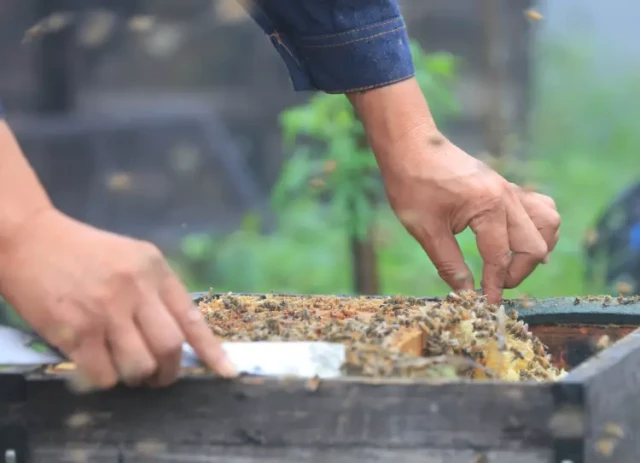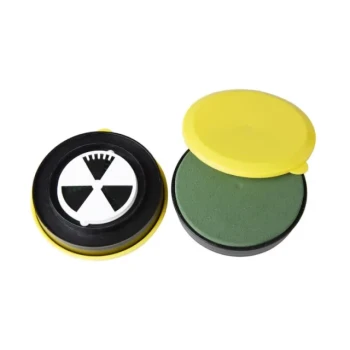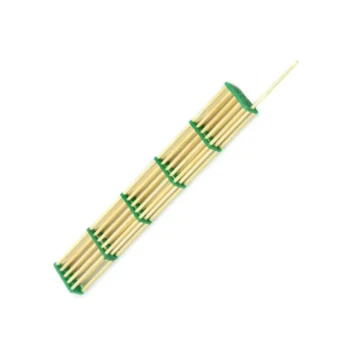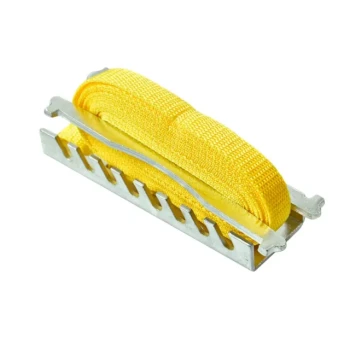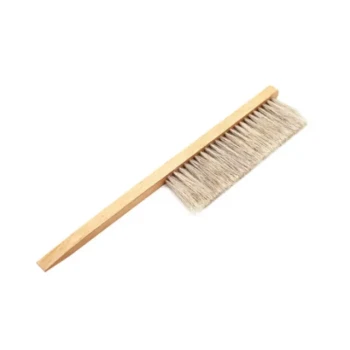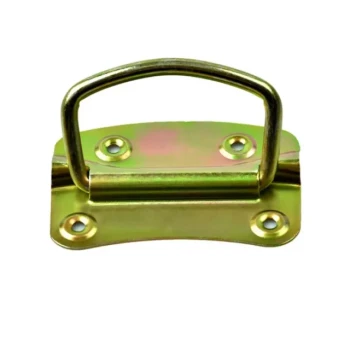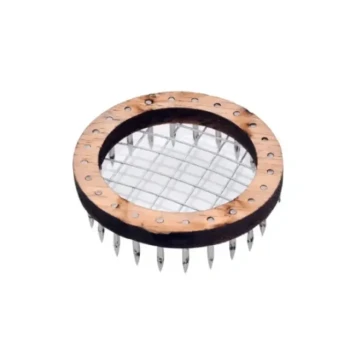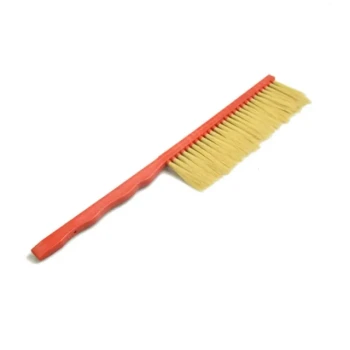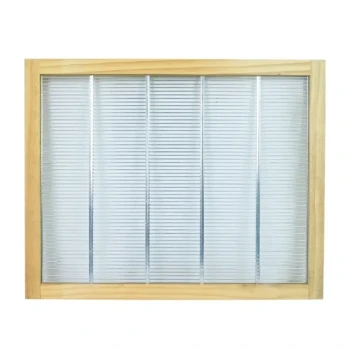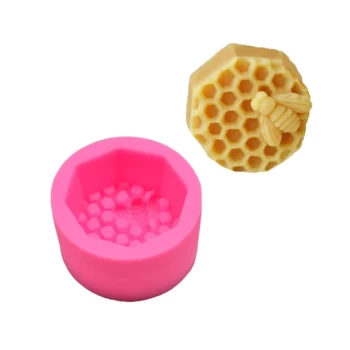Varroa mites threaten honeybee colonies worldwide, but oxalic acid (OA) offers a proven, low-residue solution. When applied correctly, OA achieves over 90% mite mortality without harming bees or leaving chemical traces in honey. This guide combines scientific insights with practical methods to help beekeepers integrate OA treatments safely and effectively.
Oxalic Acid in Varroa Control: Why It Matters
The Science Behind Oxalic Acid’s Effectiveness
OA disrupts mite cell metabolism upon contact, killing phoretic (mobile) mites within hours. Research shows:
- High efficacy: Sublimation (vaporization) eliminates 93–97% of mites in broodless colonies.
- No resistance: Unlike synthetic miticides, mites show no signs of OA resistance after decades of use.
- Honey-safe: OA breaks down naturally, leaving no residues in harvested honey.
Comparing Oxalic Acid to Other Treatments
| Treatment | Efficacy | Brood Impact | Honey Residue Risk |
|---|---|---|---|
| Oxalic Acid | 90–97% | Low | None |
| Formic Acid | 85–95% | Moderate | Temporary |
| Synthetic Miticides | 70–90% | High | High |
Key advantage: OA’s precision targeting minimizes colony stress while maximizing mite knockdown.
Step-by-Step Application Methods
Vaporization vs. Dribbling: Pros and Cons
Vaporization (Sublimation)
- Best for: Large apiaries, broodless periods (late fall/winter).
- Requirements:
- Outdoor temperatures above 37°F (3°C) for 2+ hours post-treatment.
- Dosage: 1–2g OA crystals per hive chamber.
- Safety: Use a respirator and gloves; vapor irritates lungs.
Dribble Method
- Best for: Small-scale beekeepers, colonies with brood.
- Formula: Mix 3.2% OA in 1:1 sugar syrup.
- Application:
- Load 50cc syringe (per 10-frame hive).
- Drizzle 5cc per frame gap where bees cluster.
Pro tip: Combine methods in multi-stage treatments (e.g., vaporize in winter, dribble in spring) to target mites emerging from capped cells.
Safety and Best Practices
Protecting Bees During Treatment
- Avoid brood periods: OA kills only phoretic mites; time treatments during brood breaks or use multiple applications.
- Monitor colony strength: Weak colonies may struggle with repeated treatments.
Regulatory and Environmental Guidelines
- EPA protocols:
- Never treat open hives below 40°F (4°C).
- Wear gloves, goggles, and a mask to prevent skin/eye contact.
- Environmental note: OA degrades rapidly in soil and water, posing minimal ecological risk.
Success Stories and Data
Case Study: Commercial Apiary in Minnesota
A 500-hive operation reduced mite loads from 5 mites/100 bees to using:
- Winter vaporization (2g OA per hive).
- Spring dribble applications (3x, 6 days apart).
Result: 98% colony survival rate over 3 years.
Long-Term Resistance Management
- Rotate treatments: Pair OA with mechanical methods (drone brood removal) to delay resistance.
- Test mite levels monthly: Use alcohol washes or sticky boards to verify efficacy.
Ready to safeguard your hives? HONESTBEE’s wholesale beekeeping supplies include EPA-compliant oxalic acid kits and vaporizers—helping commercial beekeepers and distributors protect colonies at scale. Contact us to learn about bulk pricing and seasonal discounts.
Final thought: OA isn’t a silver bullet, but when paired with vigilant monitoring, it’s one of the safest tools in the beekeeper’s mite-fighting arsenal.
Visual Guide

Related Products
- Adjustable Formic and Acetic Acid Dispenser for Bee Mite Treatment
- Professional Bamboo Queen Isolation Cage
- Varroa Easy Check Mite Tester Kit Counter Alcohol Wash Jar
- Metal Queen Bee Excluder for Beekeeping
- Langstroth Screen Bottom Board for Beekeeping Wholesale
Related Articles
- Spring Beekeeping: Essential Steps for a Productive Season
- How Beekeepers Can Control Varroa Mites During Peak Colony Growth
- The Two Winters of the Honey Bee: A Lesson in Adaptation and Survival
- The Deceptive Calm: Why a Strong Summer Hive Masks a Looming Winter Collapse
- How to Optimize Hive Beetle Control Without Harming Your Bees
